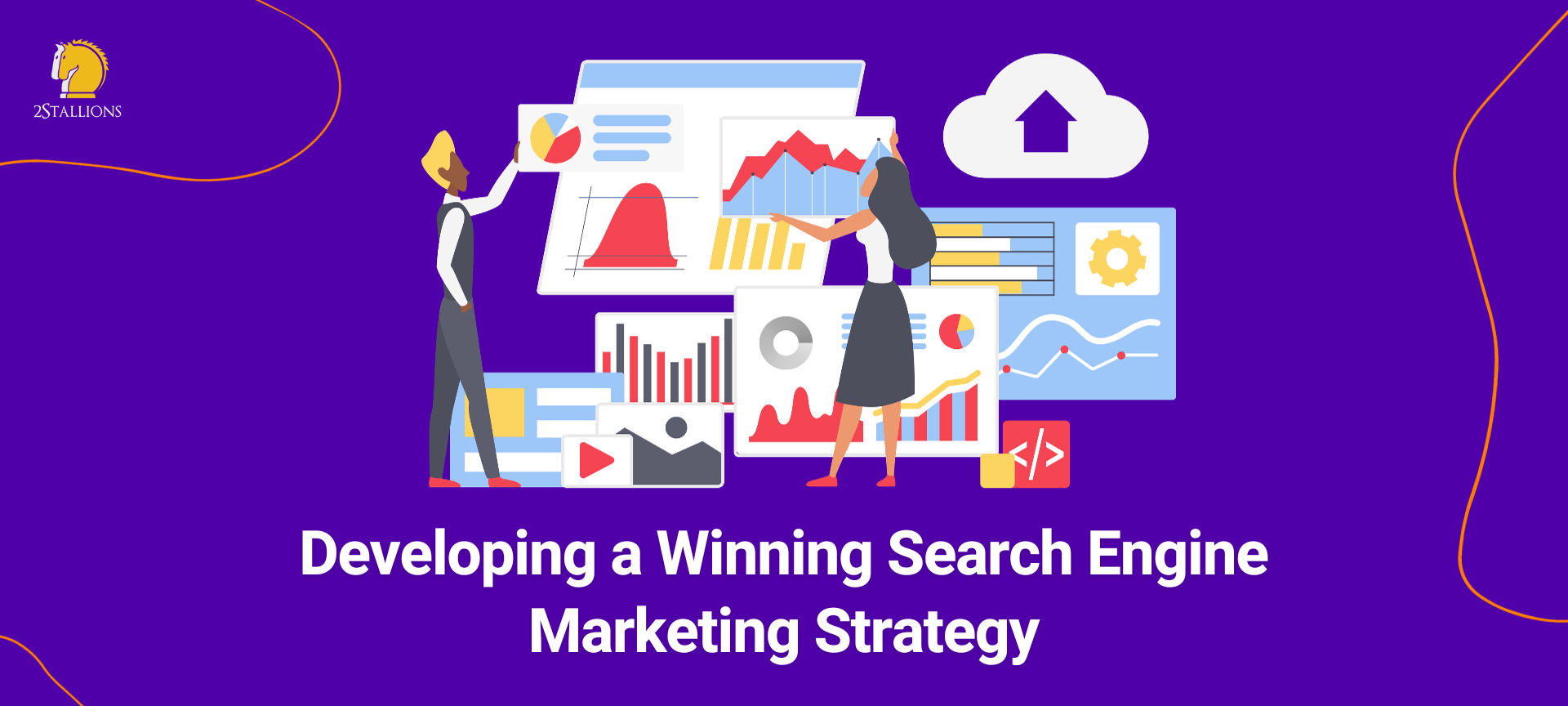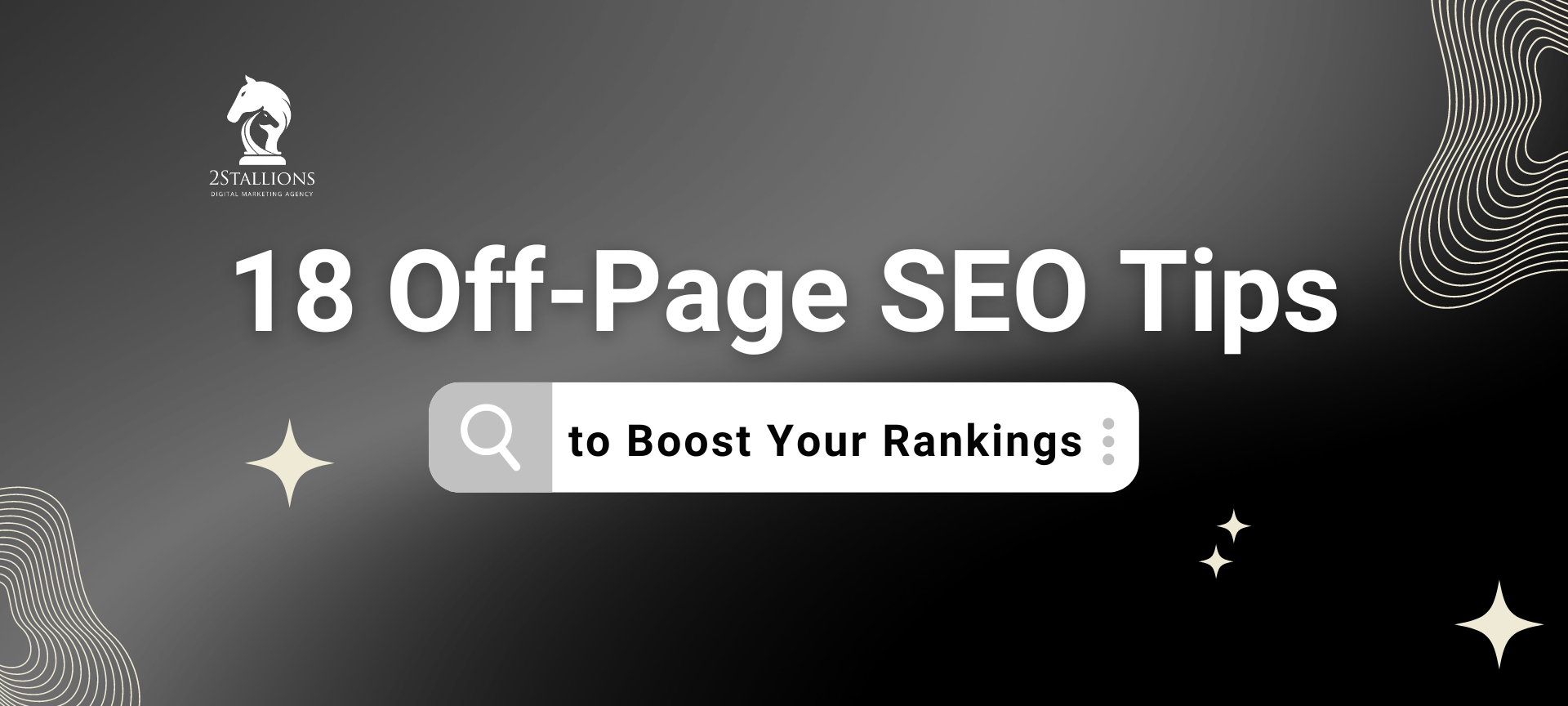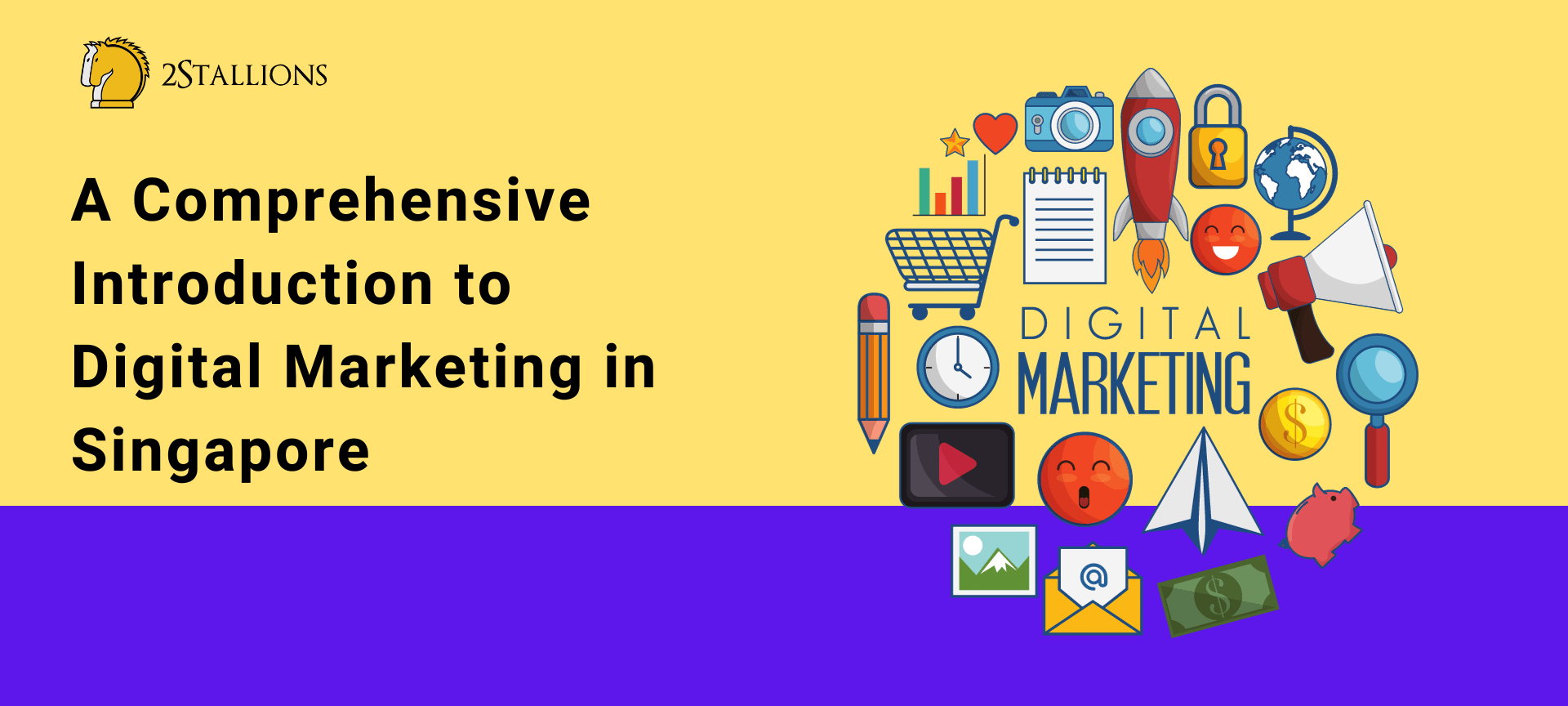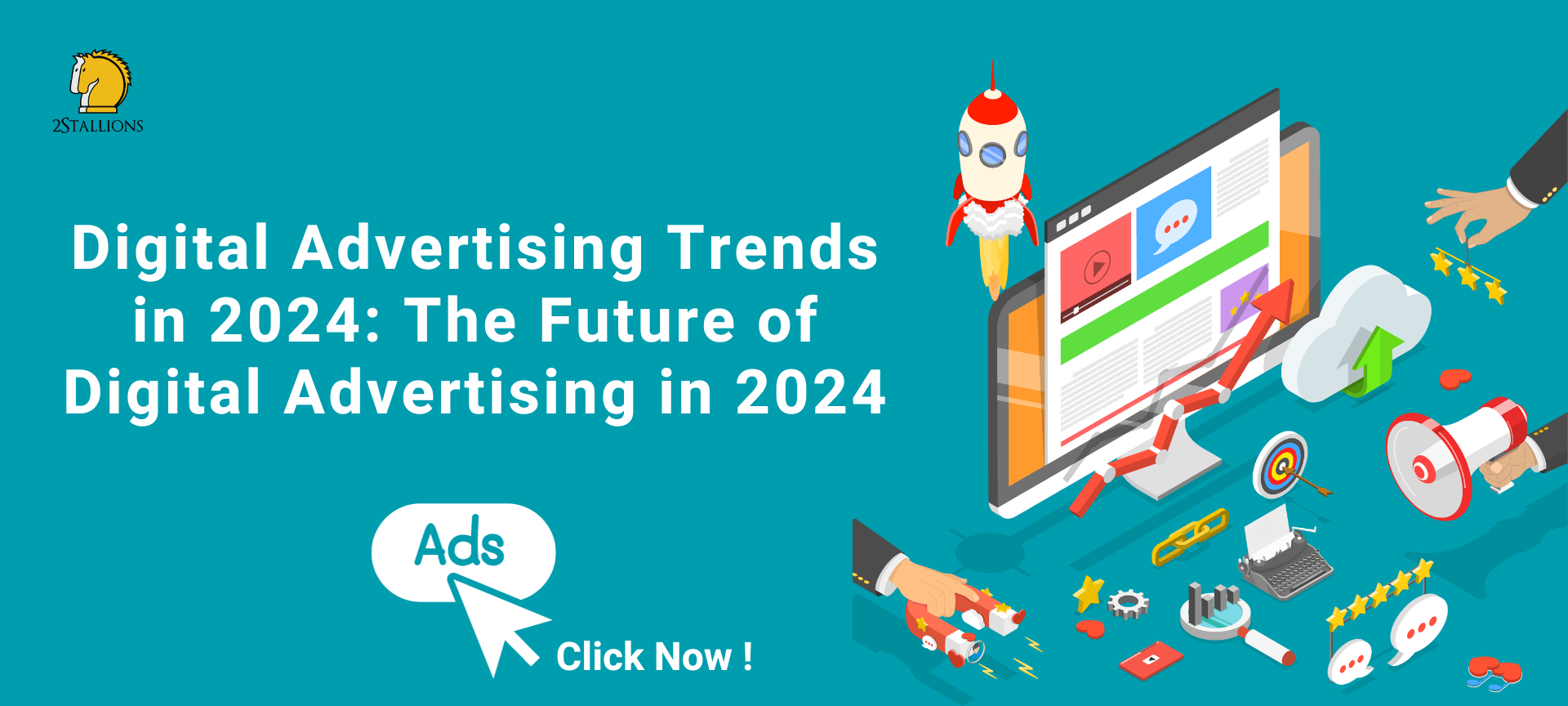Content
SHARE

In today’s competitive digital landscape, a solid search engine marketing (SEM) strategy is essential for businesses looking to stand out from the crowd. With millions of websites vying for attention on search engine result pages (SERPs), it’s crucial to understand the basics of SEM and how to implement it effectively.
This article will provide valuable insights and practical tips to help you develop a winning search engine marketing strategy that boosts your online visibility, drives targeted traffic to your website, and ultimately increases conversions.
Understanding the Basics of Search Engine Marketing
Before diving into the nitty-gritty of SEM, let’s start by defining what search engine marketing entails. In a nutshell, SEM is the process of increasing website visibility and driving traffic by ensuring that a website appears prominently on search engine result pages.Search engine marketing is a dynamic and ever-evolving field that requires a deep understanding of search engine algorithms and user behaviour.
It involves a combination of technical expertise, strategic planning, and continuous optimisation to achieve desired results. Now, let’s look at the two main approaches within search engine marketing – search engine optimisation (SEO) and pay-per-click (PPC) advertising.
What Is Search Engine Marketing?
Search engine marketing encompasses two main approaches – search engine optimisation (SEO) and pay-per-click (PPC) advertising. SEO focuses on optimising your website to improve its organic ranking on search engines, while PPC involves bidding on keywords to display paid ads in search engine results.
When it comes to SEO, various techniques can be employed to enhance a website’s visibility. These include on-page optimisation, such as optimising meta tags, headings, and content, as well as off-page optimisation, which involves building high-quality backlinks and establishing a robust online presence.
On the other hand, PPC advertising allows businesses to display targeted ads to users who are actively searching for specific keywords. This approach offers immediate visibility and effectively drives relevant website traffic.
However, ensuring optimal results requires careful keyword research, ad copy creation, and budget management. Both strategies have their merits and can work together synergistically to drive traffic to your website. A comprehensive search engine marketing strategy often involves a combination of SEO and PPC tailored to a business’s specific goals and budget.
The Importance of Search Engine Marketing in Today’s Digital World
In today’s highly connected world, where consumers turn to search engines to find information about products, services, and businesses, search engine marketing has become indispensable. The majority of online experiences begin with a search engine, making it crucial for businesses to have a solid online presence.
Investing in SEM allows businesses to ensure their offerings are visible to potential customers when searching for related products or services. By appearing prominently in search engine results, businesses can enhance brand awareness and establish themselves as credible and trustworthy sources of information.
Moreover, a well-executed SEM strategy allows businesses to reach their target audience at precisely the right moment. By understanding user intent and leveraging keyword targeting, businesses can present their offerings to users most likely to be interested in what they offer. This increases the likelihood of conversions and ultimately boosts revenue.
It is worth noting that search engine marketing is not a one-time effort but an ongoing process. Search engine algorithms constantly evolve, and competitors are continually vying for visibility. Therefore, businesses must stay current with the latest trends and adapt their strategies to maintain a competitive edge.
In conclusion, search engine marketing is a powerful tool to help businesses increase online visibility, drive targeted traffic, and achieve marketing goals. By leveraging the right combination of SEO and PPC, businesses can position themselves in front of their target audience and maximise their online success.
[thrive_leads id=’8298′]
Key Components of A Successful Search Engine Marketing Strategy
A winning SEM strategy comprises several key components that work in harmony to achieve optimal results. Let’s take a closer look at each of these components:
Keyword Research and Selection
Keywords are the foundation of any SEM campaign. Through comprehensive keyword research, businesses can identify the terms and phrases their target audience uses to search for products or services.
By strategically selecting and optimising their website content and PPC ads around these keywords, businesses can improve their organic ranking and increase their chances of appearing in relevant search results.
Effective keyword research involves delving deep into the minds of potential customers. It’s about understanding their needs, desires, and pain points. By putting yourself in their shoes, you can uncover the specific words and phrases they are likely to use when searching for solutions.
This in-depth understanding allows you to create content that resonates with your audience, positioning your business as the answer to their problems. Moreover, keyword research is an ongoing process. As consumer behaviour and trends evolve, so do the keywords that drive traffic. Regularly monitoring and updating your keyword strategy ensures you stay ahead of the competition and maintain a strong online presence.
Creating Compelling Ad Copies
Once you’ve identified your target keywords, the next step is to create compelling ad copies that grab your audience’s attention and entice them to click. Crafting persuasive and relevant ad copies is essential to increase your click-through rate (CTR) and maximise the impact of your PPC campaigns.
Writing an effective ad copy requires a delicate balance between creativity and data-driven insights. It’s about understanding the psychology of your audience and using persuasive language to appeal to their emotions.
By highlighting the unique selling points of your products or services and addressing the pain points of your target market, you can create ad copies that resonate with your audience on a deeper level.
Furthermore, testing different variations of ad copies can provide valuable insights into what resonates best with your audience. A/B testing allows you to experiment with different headlines, descriptions, and calls to action, helping you refine your messaging and optimise your campaigns for maximum performance.
Landing Page Optimisation
A well-optimised landing page is crucial to convert the traffic generated through your SEM efforts into meaningful actions. Whether your goal is to capture leads, increase sales, or encourage users to take a specific action, ensuring that your landing page aligns with your ad copies and provides a seamless user experience is vital.
You can maximise your conversion rate and achieve your desired outcomes by continuously testing and refining your landing page elements, such as layout, design, and call-to-action buttons. When it comes to landing page optimisation, every detail matters. From the colour scheme and font choice to the placement of buttons and images, each element contributes to the overall user experience. A well-designed landing page captures attention and guides visitors towards the desired action, whether purchasing, filling out a form, or subscribing to a newsletter.
Moreover, personalisation plays a significant role in landing page optimisation. Tailoring the content and design to match different audience segments’ specific needs and preferences can significantly improve conversion rates. Businesses can create dynamic landing pages that adapt to individual user profiles by leveraging data and analytics, increasing engagement and driving conversions.
A successful search engine marketing strategy requires careful attention to detail and a deep understanding of your target audience. By conducting thorough keyword research, creating compelling ad copies, and optimising your landing pages, you can maximise the effectiveness of your SEM campaigns and achieve your business goals.
Implementing Your Search Engine Marketing Strategy
Now that you have a solid understanding of the key components of a winning SEM strategy let’s delve into how to implement it effectively.
Setting Up Your SEM Campaigns
Start by setting up your SEM campaigns on popular search engine advertising platforms like Google Ads or Bing Ads. Identify your campaign objectives, define your target audience, and create compelling ad copies aligned with your chosen keywords. Set a realistic budget, and continuously monitor and adjust your campaigns to optimise performance and maintain a positive return on investment (ROI).
Monitoring and Adjusting Your Campaigns
Once your campaigns are live, monitoring their performance is crucial. Keep a close eye on key performance indicators (KPIs) such as CTR, conversion rate, cost per click (CPC), and overall ROI. Identify trends, spot underperforming keywords or ads, and make data-driven adjustments to optimise your campaigns and ensure maximum effectiveness.
Measuring the Success of Your Search Engine Marketing Strategy
It’s essential to measure the effectiveness of your SEM efforts to fine-tune your strategy and derive actionable insights. There are several SEM metrics you can track to gauge the success of your campaigns:
Understanding SEM Metrics
Metrics such as impressions, clicks, CTR, conversion rate, and ROI can provide valuable insights into the performance of your SEM campaigns. By analysing these metrics, you can identify areas of improvement, recalibrate your targeting, and invest resources more effectively.
Interpreting the Data and Making Informed Decisions
Interpreting the data from your SEM campaigns is crucial for making informed decisions. By analysing trends, identifying patterns, and measuring the impact of different variables, you can optimise your strategy, make calculated adjustments, and drive better results. Regularly reviewing your data and adjusting your approach will ensure your search engine marketing strategy remains agile and effective in an ever-evolving digital landscape.
Future Trends in Search Engine Marketing
As the digital landscape evolves, staying ahead of the curve is key to maintaining a winning SEM strategy. Here are two future trends that are set to shape the field of search engine marketing:
The Rise of Voice Search
With the increasing popularity of voice assistants like Siri, Alexa, and Google Assistant, voice search will likely play a significant role in future search engine marketing. Optimising your website content and PPC campaigns for voice search queries will become crucial to remain competitive and capture the attention of voice-enabled device users.
The Impact of Artificial Intelligence on SEM
Artificial intelligence (AI) is revolutionising the field of search engine marketing. AI-powered tools and algorithms can analyse vast amounts of data, automate campaign optimisation, and deliver highly personalised ads to specific audiences. Embracing AI-powered tools and incorporating them into your SEM strategy can help you gain a competitive edge and maximise the return on your digital advertising investments.
In conclusion, developing a winning search engine marketing strategy is crucial for businesses looking to thrive in today’s digital world. By understanding the basics of SEM, implementing key components effectively, measuring success through data analysis, and staying ahead of future trends, you can ensure that your online presence remains prominent and your business achieves sustainable growth.
[thrive_leads id=’3729′]












